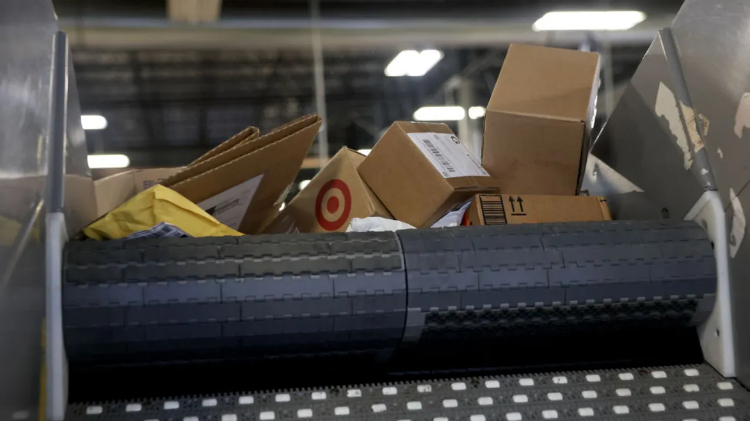According to an August 7 announcement, the HS code, a standardized system of names and numbers for classifying traded products, will be required on customs forms for every item, regardless of shipping method. Developed by the World Customs Organization (WCO), the HS system allows customs officials to accurately categorize goods and assess appropriate duties.
 |
Packages move along a conveyor belt at a US Postal Service distribution center in Florida. Photo: Getty Images |
Packages move along a conveyor belt at a US Postal Service distribution center in Florida. Photo: Getty Images
This move aligns USPS shipping standards with the UPU regulations taking effect the same day. The 2024 guidelines from the UPU and WCO specify that member countries must require a 6-digit HS code for commercial goods and may extend it to 8 or 10 digits according to national laws.
"HS codes play an important role in customs clearance and are particularly crucial with the increasing volume of e-commerce," the UPU document emphasizes.
Alison Layfield, vice president of product development at ePost Global, noted that the USPS and other international carriers have tools to help businesses look up HS codes. However, shippers need to clearly describe their products to find the correct code. Vague descriptions could lead to returned shipments or higher-than-necessary duties.
"A lookup tool is only as good as the data input. If you ship without the HS code, it’s almost certain that customs in the destination country will reject the shipment," Layfield said.
This requirement comes three days after another significant change impacting international mail. Starting August 29, packages sent to the US will be subject to fees ranging from 80 to 200 USD under the International Emergency Economic Powers Act (IEEPA), instead of being exempt under the "de minimis" threshold (the minimum value of imported goods exempt from duties and customs procedures). This change is part of stricter import policies introduced during the Trump administration.
The Dan (according to Supply Chain Dive)












